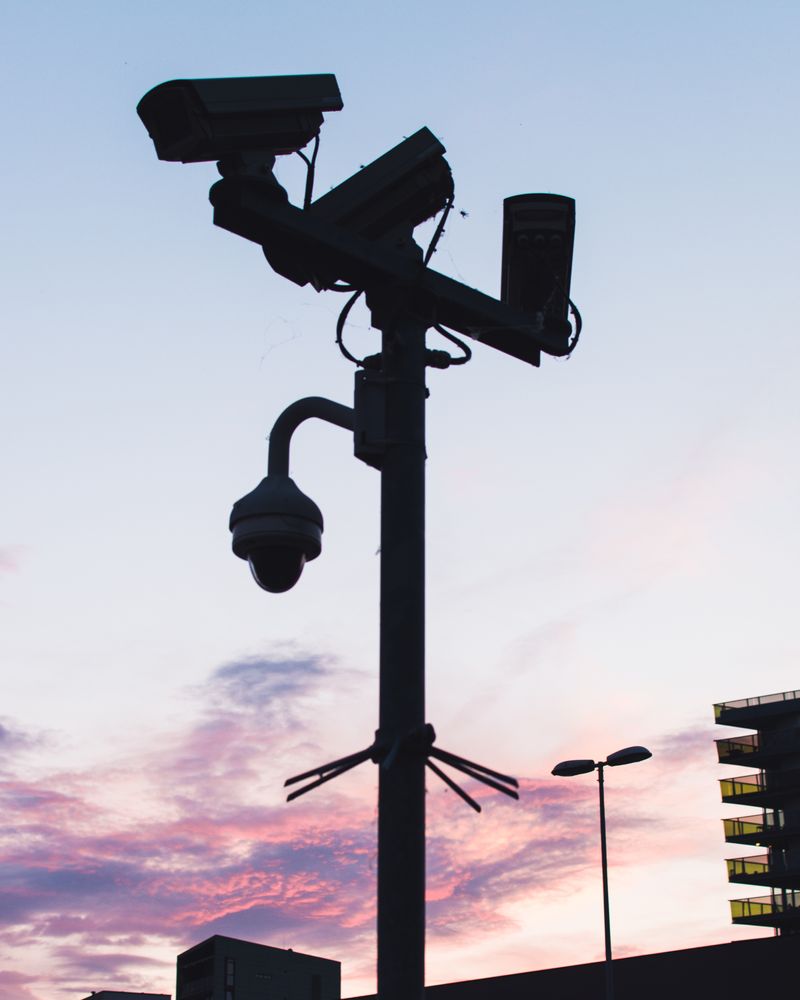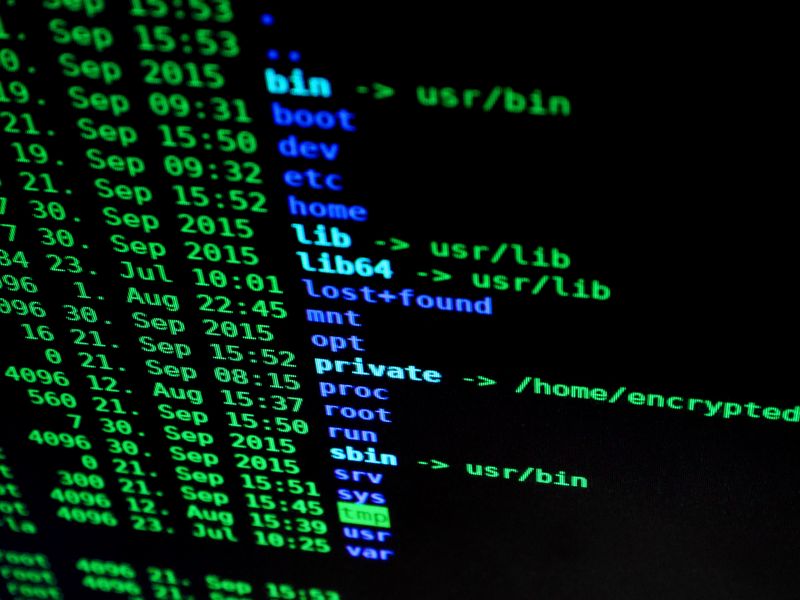Tracking the Value of Security: An Analysis of Patching and Remediation
The Importance of Proactive Security Measures
In the constantly evolving landscape of cybersecurity, it is widely acknowledged that fixing security vulnerabilities before they are exploited is not only easier but also more cost-effective than dealing with incident responses. Fast patching and the implementation of best practices can prevent attackers from gaining access and mitigate a wide range of issues. However, despite the clear benefits of proactive security measures, tracking and demonstrating the value of this work can be a challenging task.
The Complexity of Tracking Security Work
For Chief Information Security Officers (CISOs) seeking to prove the value they deliver, focusing on individual patches alone is often insufficient to capture the attention of company leadership. Instead, it is necessary to analyze patching and remediation efforts over time to uncover specific business and security problems that deserve leaders’ attention. This requires tracking the right metrics and utilizing the data to showcase the value that security teams bring to the organization.
Mean Time to Remediate (MTTR)
One common metric that CISOs often review is the Mean Time to Remediate (MTTR), which measures the average time it takes to implement a patch into production after its announcement. While MTTR provides an overall measure of how quickly changes can be implemented, it lacks detail and fails to demonstrate where the security team’s efforts are directed. It also fails to highlight any challenges that may arise during the patching and remediation process.
One of the drawbacks of MTTR is that it treats critical security vulnerabilities and minor issues equally, failing to differentiate between them. To address this, some CISOs choose to track MTTR separately for critical issues, emphasizing how they prioritize and handle serious problems promptly. Additionally, the deployment of patches often requires multiple actions such as deploying several patches, making configuration changes, or altering registry keys. In some cases, a system reboot may be necessary to fully address the vulnerability. Consequently, one CISO changed MTTR to “mean time to reboot” to highlight the impact of the patch process and ensure that company leadership comprehends the significance of the team’s efforts.
Other Metrics to Consider
To gain a more comprehensive understanding of the patching and remediation process, many CISOs turn to additional metrics beyond MTTR. Three common metrics that provide insights into process efficiency are:
1. Mean Time to Detect (MTTD): This metric measures how quickly the security team can find and report the current patching status, particularly when new issues are released. MTTD reveals the team’s ability to translate newly identified issues into internal reports promptly.
2. Mean Time to Prioritize (MTTP): Given the vast number of patches and updates, prioritization becomes crucial for security teams. MTTP evaluates how quickly the team can prioritize issues, determining which ones require immediate attention as critical risks and which can be addressed over time. By focusing on the biggest risks, rather than thousands of potential problems, security teams can optimize their efforts.
3. Mean Time to Communicate (MTTC): This metric examines how swiftly the security organization can collaborate with other departments or teams responsible for IT operations and patch implementation. Effective communication is crucial in large enterprises with multiple teams responsible for various areas of technology. Tracking MTTC helps identify areas of improvement and ensures coordinated efforts across teams.
The Value of Security Metrics
Over time, tracking the success of patching and remediation efforts can demonstrate the effectiveness of risk management and IT security processes. It can initiate conversations about wider attitudes towards security, such as involving security earlier in the software supply chain and development lifecycle. Additionally, it emphasizes the need for more effective collaboration to establish “secure by default” processes and workflows.
However, to fully realize the value of these metrics, they must be adopted across the entire organization. The CISO and the Chief Information Officer (CIO) must come to an agreement on managing the business using these metrics and implement them across all teams. It is essential to address any challenges that may arise from deploying patches faster than preferred by IT/ops teams. Automation of patch deployment should be prioritized to enable a focus on risk mitigation. Ultimately, this is a companywide challenge that requires collective effort, not solely the responsibility of the CISO.
An Editorial Perspective
The challenges faced in tracking and demonstrating the value of proactive security measures shed light on the underlying attitudes towards cybersecurity within organizations. While executives may understand the importance of cybersecurity in theory, they often struggle to grasp the operational details and technical complexities involved. As a result, individual patches may seem insignificant and too technical to capture their interest.
To bridge this gap and foster a better understanding of the value of security, CISOs and security teams must find ways to communicate their efforts in a language that resonates with company leadership. Pivoting from a narrow focus on individual patches to a broader analysis of patching and remediation over time allows specific security and business problems to emerge, capturing executives’ attention.
Additionally, CISOs should consider framing security metrics in a manner that aligns with the organization’s goals and priorities. Demonstrating how security efforts contribute to business objectives, such as protecting customer data or ensuring uninterrupted operations, can make a compelling case for investment in security initiatives.
Advice for CISOs and Security Teams
For CISOs and security teams seeking to demonstrate the value they deliver, there are several key steps to consider:
1. Identify the right metrics: Choose metrics that provide a comprehensive view of the patching and remediation process and align with the organization’s goals. Consider metrics like MTTD, MTTP, MTTC, and adjust them as needed to reflect the specific challenges and priorities of your organization.
2. Communicate effectively: Translate technical details into understandable language for company leadership. Present data that showcases the impact of security efforts on business objectives, highlighting the tangible risks prevented and the organizational benefits gained.
3. Collaborate across teams: Foster strong partnerships with IT/ops teams responsible for patch implementation. Effective communication and collaboration are vital to ensure efficient and timely deployments.
4. Automate patch management processes: By automating patch deployment, the burden on IT/ops teams is reduced, allowing them to focus on risk mitigation. Automation also enhances the speed and accuracy of patch implementation.
5. Emphasize continuous improvement: Regularly review and refine security processes and workflows. Use the metrics as a starting point for discussions on how to integrate security earlier in the software development lifecycle and supply chain.
In conclusion, while tracking and demonstrating the value of proactive security measures may pose challenges, it is crucial for CISOs and security teams to invest time and effort in defining and tracking the right metrics. By effectively communicating the impact of their work, collaborating with other teams, and continuously improving security processes, they can showcase the value they bring to the organization and ensure a strong security posture in the face of evolving cyber threats.

<< photo by Shane Aldendorff >>
The image is for illustrative purposes only and does not depict the actual situation.
You might want to read !
- The Vulnerability of Mobile Networks: Analyzing the Impact and Aftermath of the Lyca Mobile Cyberattack
- “Beware: Fake Thunderbird Downloads Spreading Ransomware, Mozilla Issues Alert”
- Email Giants Join Forces: Google and Yahoo Team Up to Fight Email Spam
- Rampant Risks: Analyzing a Recent Supply Chain Attack Unleashed by a Rogue npm Package
- “Examining the Critical Glibc Privilege Escalation Vulnerability: A Threat to Linux Distributions”
- Microsoft’s New Warning: Cloud Under Threat from Cyber Attacks Targeting SQL Server Instances
- Looney Tunables: Examining the New Linux Flaw and its Impact on Major Distributions
- Empowering Developers: The Key Role of Security Teams in Shifting Left
- The Future of Networking in the Cloud Era
- The Rise of In-House Training: Sourcing Rust Developers in Today’s Tech Landscape
- The Growing Threat: FBI Raises Alarm Over Dual Ransomware Attacks on U.S. Firms
- The Rise of Data-driven Approaches in Cyber Risk Assessment
- Proactive Security: Revolutionizing Enterprise Security Strategies




